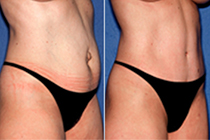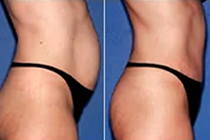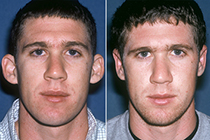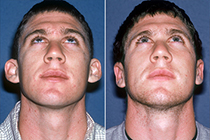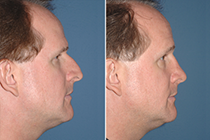Elegant Precision™ Breast Reduction
Conveniently located to serve the areas of Dallas, TX
Breast Reduction Video – USA Plastic Surgery – Dallas – Fort Worth, Texas TX – Dr. Steven J White MD
Timestamps
- 00:00 – Intro
- 04:27 – Types
- 08:15 – Diagrams & Procedure
- 24:35 – Procedure Explained
- 29:50 – Post Op
- 34:29 – Preventing Problems
- 39:19 – Results
- 45:20 – Key Points – Elegant Precision™ Breast Reduction




